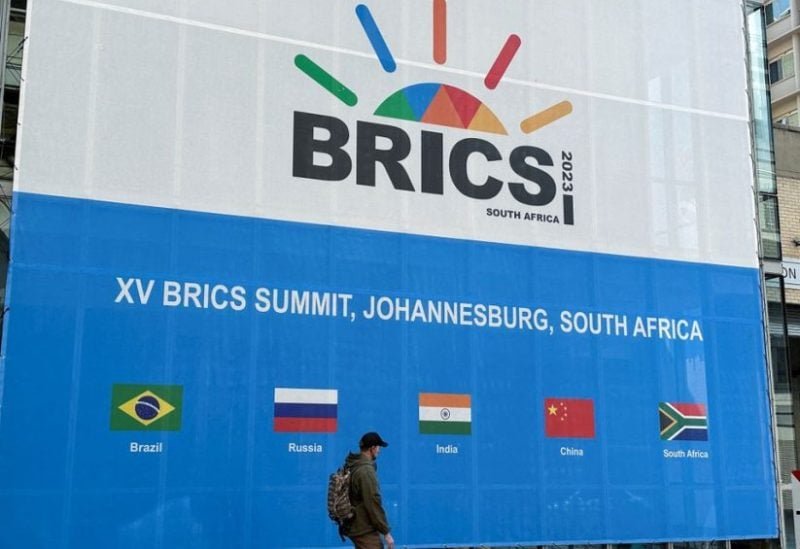With yearly commerce totaling in the billions of dollars, the BRICS countries are a dominant force in agricultural, both in terms of production and consumption.

The BRICS summit 2023 began on Tuesday with a business forum in Johannesburg, where representatives from Brazil, Russia, India, China, and South Africa discussed important topics like fostering agricultural trade within the organization as well as fostering small and medium-sized enterprises (SMEs) and economic cooperation.
In order to expand international agricultural commerce, the representatives addressed the differences among the member countries and proposed a rise in the import-export of agricultural products inside the bloc.
“As a group (BRICS), we import just over $300 billion of agricultural products, but a lot of this trade happens outside the bloc,” said Wandile Sihlobo, the head of the South Africa Agro-business working group. About 85% of that (value) is imported by India and China, and we believe they may enhance commerce inside the bloc by importing some of these items from Brazil and South Africa.
With yearly commerce totaling in the billions of dollars, the BRICS countries are a dominant force in agricultural, both in terms of production and consumption. However, due to trade restrictions inside the bloc and a lack of the infrastructure required to support extensive agricultural commerce, a significant portion of this trade occurs with nations outside BRICS, notably Europe and the US.
Jai Shroff, a member of the BRICS Business Council for India, stated that “We (BRICS) need to take a more dominant role in addressing agricultural policies.” “Trade restrictions within the bloc will have a significant impact on agricultural productivity, and member countries’ protectionist stances could have an adverse effect on agricultural prosperity.”
Agriculture is the “most important sector” in the BRICS, according to Sergey Katyrin, the representative of Russia at the summit. Only 20% of the $315 billion in agricultural purchases made by the group’s members are with other BRICS nations.
When it comes to agricultural commerce, there is “huge potential to realize within our allies and interact with other countries in the African continent,” Katyrin added.
In order to facilitate smooth access between the BRICS countries, representatives at the meeting also launched an airlift plan targeted at addressing infrastructural problems and removing supply chain hurdles within the group.
“We have proposed an airlift strategy that will be a comprehensive plan to make sure that we have air connections between the BRICS countries, to establish a flow of cargo, passengers, and businesspeople who are travelling to conduct trade and promote businesses,” said Jose Serrador, Chair of the BRICS Business Council Brazil chapter.
One of the primary subjects during the BRICS opening was improving agricultural commerce within the community.
However, talks during the summit also provided light on the bloc’s goals to expand small and medium-sized firms through the adoption of multilateral treaty systems described by the World Trade Organization, the implementation of benevolent government policies, and the promotion of free markets.
According to Busi Mabuza, chair of the BRICS Business Council’s South Africa chapter, “We cannot leave small and medium enterprises behind because the nature of our economies is such that they are driven by SMEs, and in fact SMEs are at the center for job creation.”
The three-day BRICS summit will come to an end on August 24. Over the next two days, leaders from BRICS nations and other invited delegates are anticipated to discuss important issues pertaining to the bloc’s expansion and trade relations.